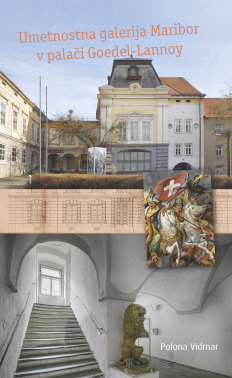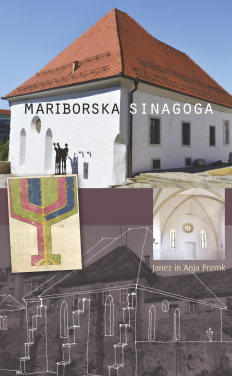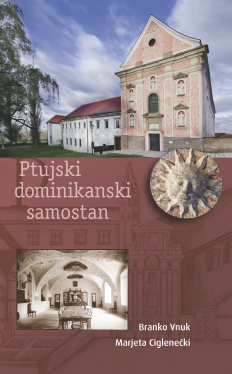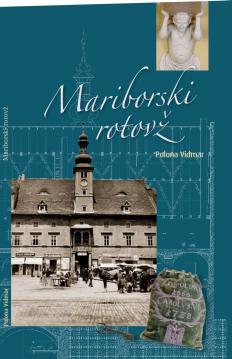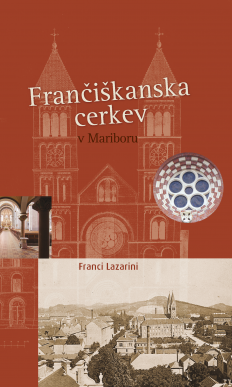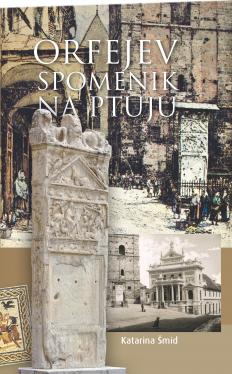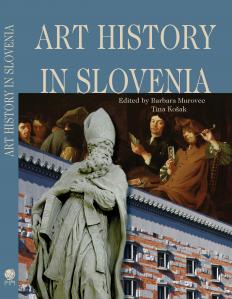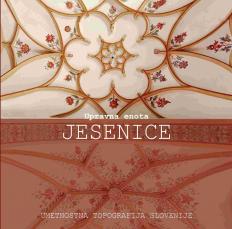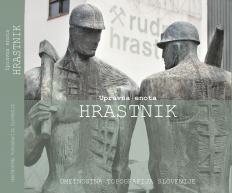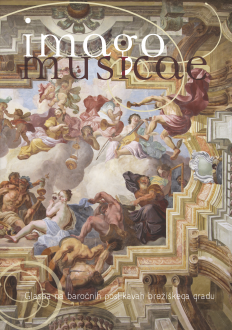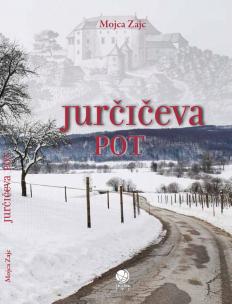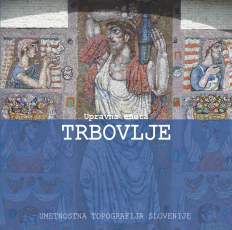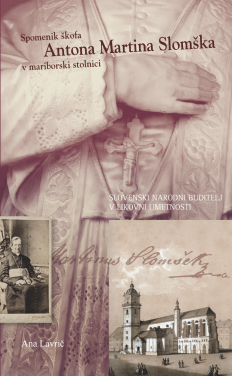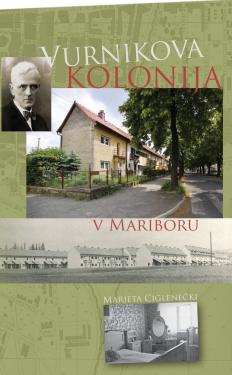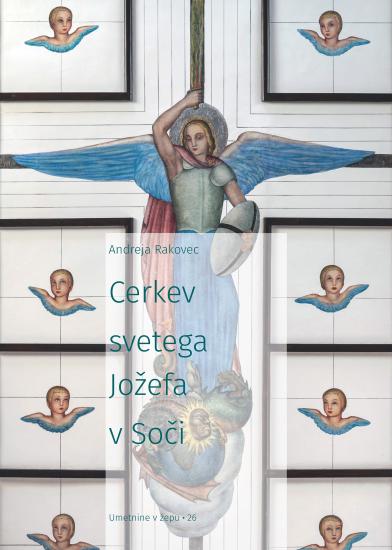
Andreja Rakovec delved into the history of the Church of St Joseph, built at the end of the 18th century in the village of Soča by the river with the same name. The author of the pocketbook was particularly fascinated by the fact that two masters painted in the church, both of them during the maelstrom of war. During the Great War, the church provided the Czech painter Josef Váchal with a refuge that protected him from the trenches of the Isonzo Front. His paintings in the church, which we can read about in the artist’s diary published after the war, were later succeeded by Kralj's paintings. Tone Kralj, a great name of the Slovenian expressionism and new objectivity, started working in Soča in 1942. He adorned more than forty churches between the early 1920s until the 1970s. A series of churches with Kralj’s works draws the Slovenian linguistic border on the map of the Slovenian Littoral, annexed to Italy with the Treaty of Rapallo. Kralj included saints of Slavic origin in his compositions. Many scenes explicitly draw attention to the persecution of the Slovenian identity and also include some caricatured portraits of fascist and Nazi leaders. Kralj’s paintings are unparalleled internationally and are admired for their high artistic value, unique engagement, and rebellious courage.
paperback 21 × 13 cm 124 pages
Keywords
art guides | Kralj, Tone | Saint Joseph's Church | Soča (village) | Váchal, Josef